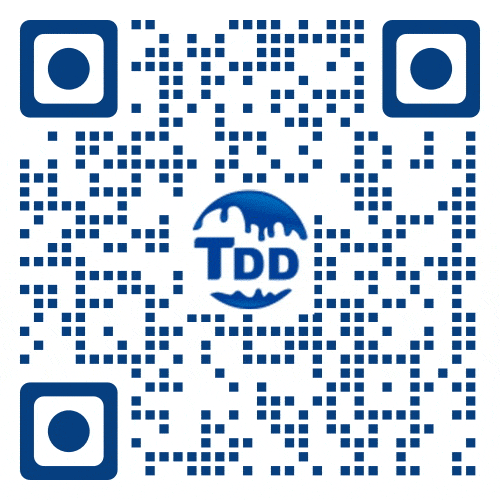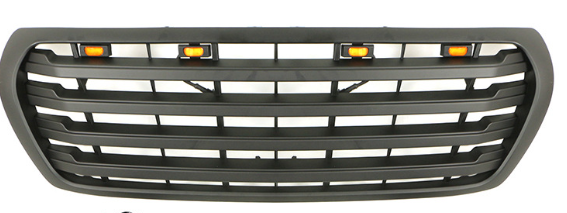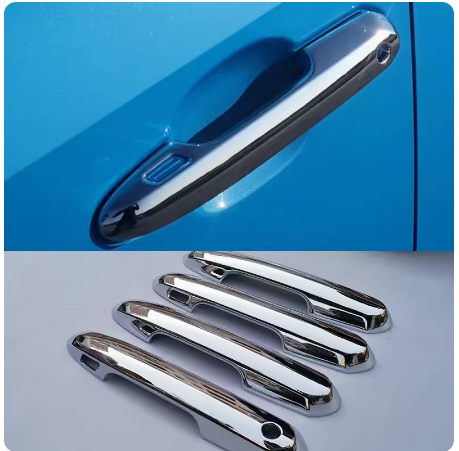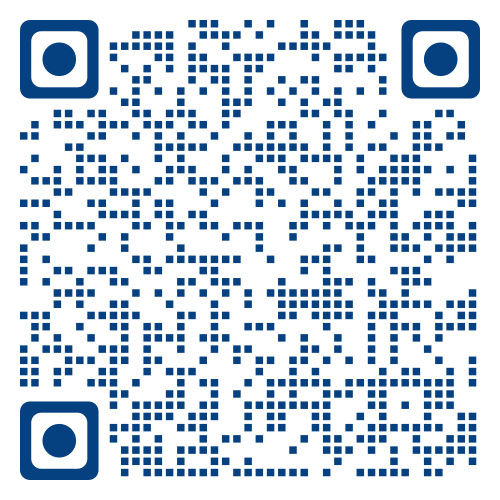The temperature measurement principle of the infrared thermometer is to convert the radiant energy of infrared rays emitted by an object into an electrical signal. The size of the infrared radiant energy corresponds to the temperature of the object itself. According to the size of the converted electrical signal, the temperature of the object can be determined.

Introduction #
Infrared temperature measurement technology has developed to the point where it can scan and measure surfaces with thermal changes, determine its temperature distribution image, and quickly detect hidden temperature differences. This is the infrared thermal imaging camera . Infrared thermal imaging cameras were first used in the military, in the United States TI Company developed the world’s first infrared scanning reconnaissance system in 2019. Since then, infrared thermal imaging technology has been used in Western countries on aircraft, tanks, warships and other weapons. As a thermal sighting system for reconnaissance targets, it has greatly improved The ability to search and hit targets. Fluke infrared thermometers are in a leading position in civilian technology. However, how to make infrared temperature measurement technology widely used is still an application topic worthy of study.
Thermometer principle #
Infrared thermometer consists of optical system , photoelectric detector , signal amplifier , signal processing, display output and other parts. The optical system gathers the target infrared radiation energy within its field of view. The size of the field of view is determined by the optical parts of the thermometer and their positions. The infrared energy is focused on the photodetector and converted into a corresponding electrical signal. The signal passes through the amplifier and signal processing circuit, and is converted into the temperature value of the measured target after correction according to the algorithm inside the instrument and the target emissivity.
In nature, all objects with a temperature higher than absolute zero are constantly emitting infrared radiation energy into the surrounding space. The amount of infrared radiation energy of an object and its distribution by wavelength are closely related to its surface temperature. Therefore, by measuring the infrared energy radiated by the object itself, its surface temperature can be accurately measured. This is the objective basis on which infrared radiation temperature measurement is based.
Principle of Infrared Thermometer A black body is an ideal radiator. It absorbs radiant energy of all wavelengths and has no energy reflection or transmission. Its surface emissivity is 1. However, almost all actual objects existing in nature are not black bodies. In order to clarify and obtain the distribution rules of infrared radiation, an appropriate model must be selected in theoretical research. This is the quantized oscillator model of body cavity radiation proposed by Planck . Planck’s law of black body radiation was derived, that is, the black body spectral radiance expressed in wavelength. This is the starting point of all infrared radiation theories, so it is called the black body radiation law. The radiation amount of all actual objects depends not only on the radiation wavelength and the temperature of the object, but also on factors such as the type of material, preparation method, thermal process, surface state and environmental conditions of the object. Therefore, in order to make the black body radiation law applicable to all real objects, a proportional coefficient related to the material properties and surface state must be introduced, that is, the emissivity. This coefficient represents how close the thermal radiation of an actual object is to blackbody radiation, and its value is between zero and a value less than 1. According to the radiation law , as long as the emissivity of the material is known, the infrared radiation characteristics of any object can be known. The main factors that affect emissivity are: material type, surface roughness , physical and chemical structure, and material thickness.
When using an infrared radiation thermometer to measure the temperature of a target, the amount of infrared radiation of the target within its band range must first be measured, and then the temperature of the measured target is calculated by the thermometer. A single-color thermometer is proportional to the amount of radiation within the band; a two-color thermometer is proportional to the ratio of the amount of radiation in the two bands.
Application scope #
Measuring electrical equipment
Non-contact infrared thermometers can measure the surface temperature of an object from a safe distance, making it an indispensable tool in electrical equipment repair operations.
Applications in electrical equipment
In the following applications, equipment failures and unplanned power outages can be effectively prevented.
Connector – The electrical connection part will gradually loosen the connector due to repeated heating (expansion) and cooling (contraction) to generate heat, or surface dirt, carbon deposition and corrosion. Non-contact thermometers can quickly identify temperature rises that indicate a serious problem.
Motor – To preserve the life of your motor, check that the supply connections and circuit breaker (or fuse) are at consistent temperatures.Motor Bearings – Check for hot spots and regularly repair or replace them before problems cause equipment failure.Motor Coil Insulation – Extend the life of your motor coil insulation by measuring its temperature.
Phase-to-Phase Measurements – Check that wires and connectors on induction motors, mainframe computers, and other equipment have the same temperature between phases.The windings of transformer-air-cooled devices can be measured directly with an infrared thermometer to check for excessive temperatures. Any hot spots indicate damage to the transformer windings.Uninterruptible Power Supply – Determine the heating point of the connecting wires on the UPS output filter. A cold spot may indicate an open circuit in the DC filter line.Backup battery – Check the low voltage battery to make sure it is connected properly. Poor contact with the battery terminals may heat up enough to burn the battery core.Ballast – Check for overheating of the ballast before it starts to smoke.Utilities – Identify hot spots on connectors, wire splices, transformers and other equipment. Some models of optical instruments have ranges of 60:1 or even greater, bringing almost all measurement targets within range.The difference between non-contact infrared thermometer and contact thermometer。
Pay attention when using #
To locate the hot spot, to find the hot spot, the instrument aims at the target, and then scans up and down on the target until the hot spot is determined.
Temperature measurement cannot be carried out through glass. Glass has very special reflection and transmission characteristics, which does not allow accurate infrared temperature readings. But the temperature can be measured through the infrared window. It is best not to use infrared thermometers for temperature measurement on bright or polished metal surfaces (stainless steel, aluminum, etc.).
Only the surface temperature is measured, the infrared thermometer cannot measure the internal temperature.Pay attention to environmental conditions: steam, dust, smoke, etc. It blocks the optical system of the instrument and affects accurate temperature measurement.Ambient temperature. If the thermometer is suddenly exposed to an ambient temperature difference of 20°C or higher, allow the instrument to adjust to the new ambient temperature within 20 minutes.
1. To avoid damaging the infrared thermometer, please first use compressed air to remove large particles and dust, and then wipe it with a piece of cloth.
2. Gently use a slightly moistened non-corrosive solution or a mild diluted soap solution (solute or a mild diluted soap solution) labeled for cleaning the lens (never use a dissolved soft cotton cloth to wipe the lens (do not immerse the cloth in the liquid) Wipe the lens with a soft cotton cloth (do not immerse the cloth in liquid). Use a clean computer monitor cleaning cloth to gently wipe the display.
3. Use a clean computer monitor cleaning cloth to gently wipe the display screen.
4. Use a clean and slightly damp cloth to gently wipe the thermometer body. If necessary, dampen the cloth with a solution of water and a small amount of mild soap.
5. After use, please put the lens cover on the infrared thermometer as soon as possible and put it in the carrying case for storage.















